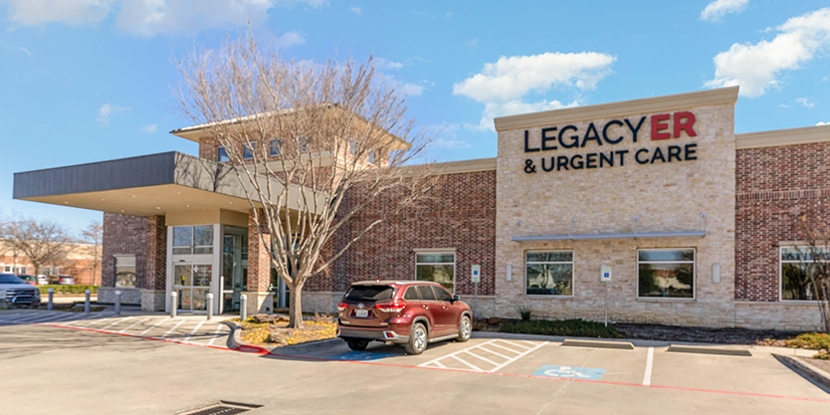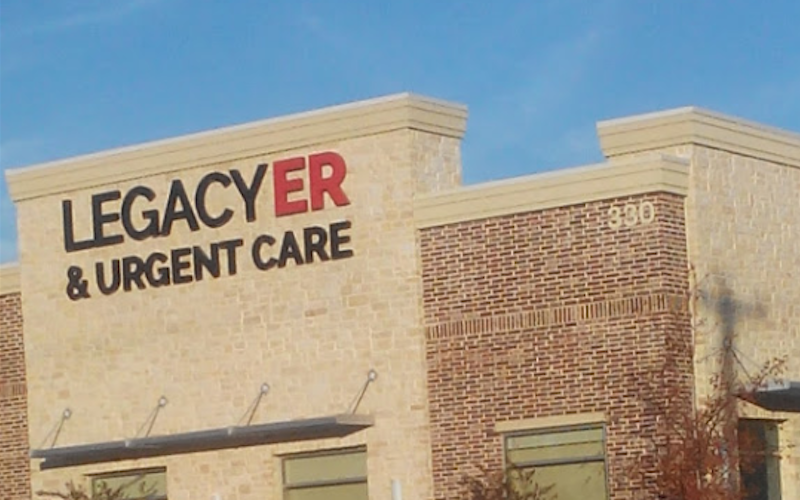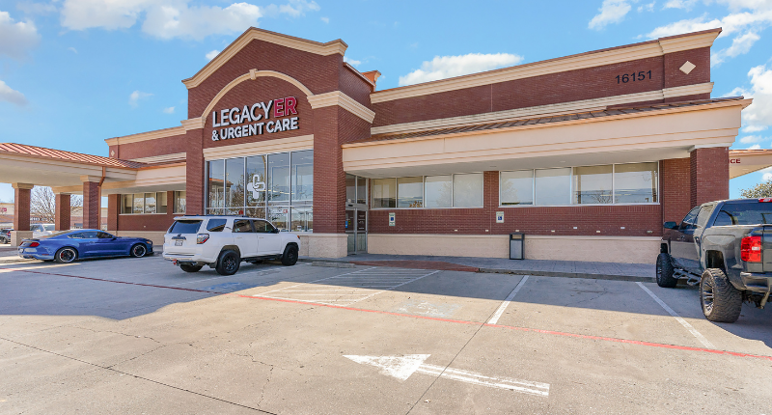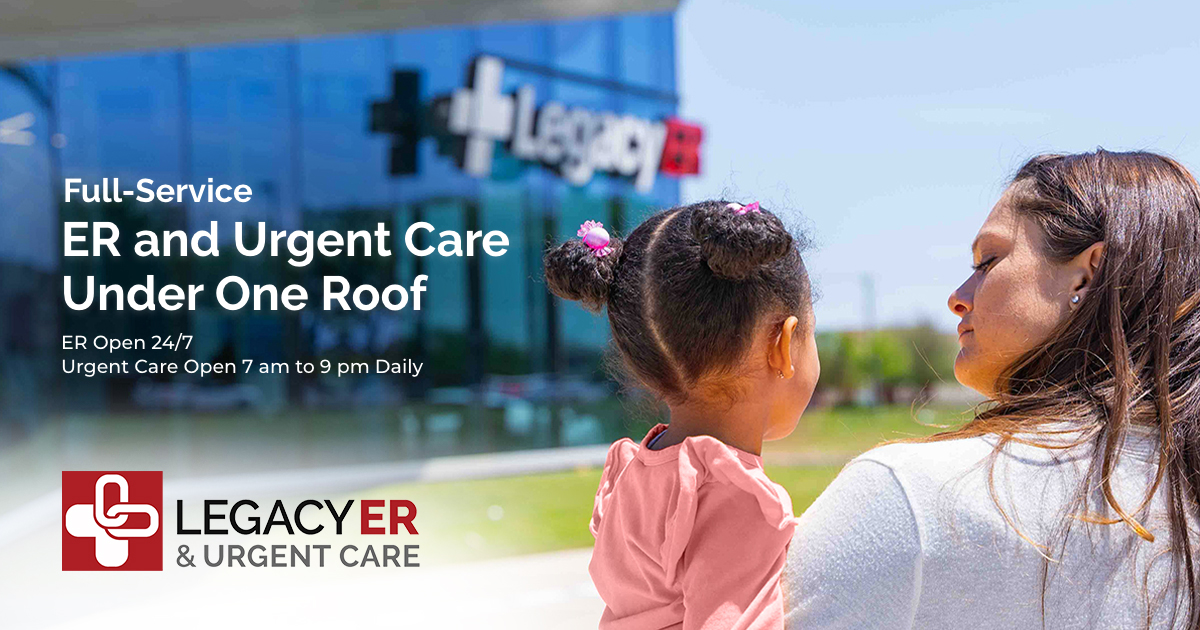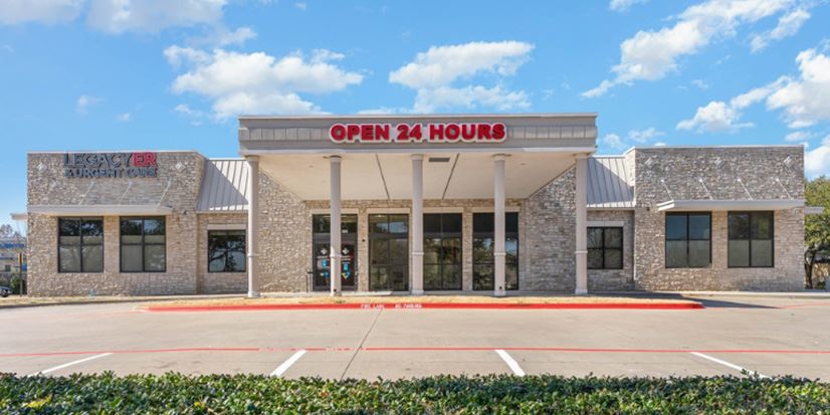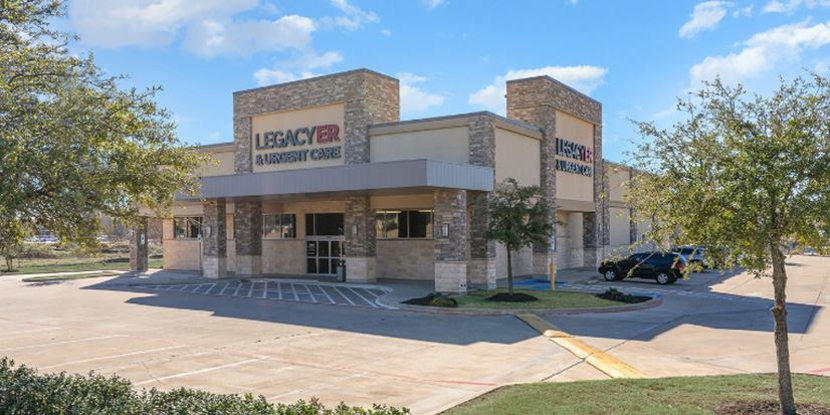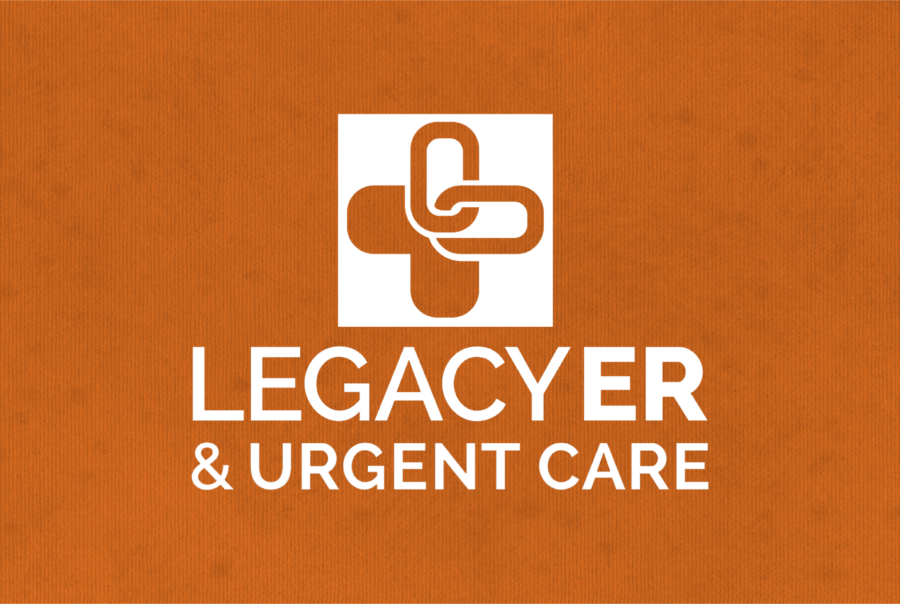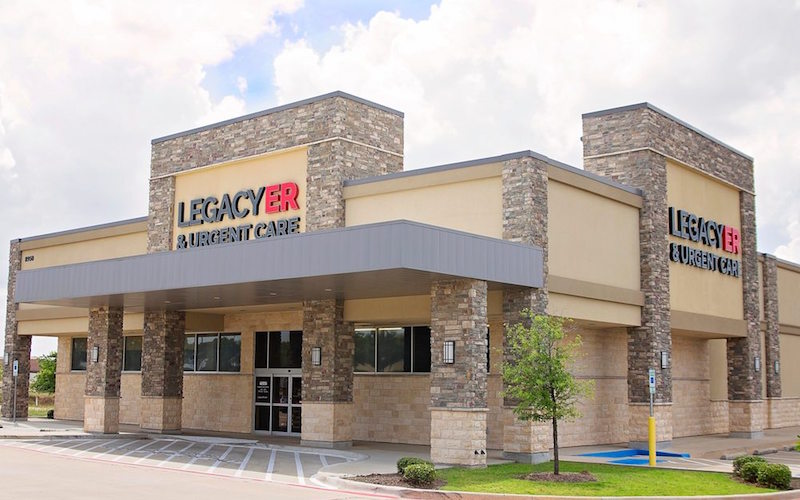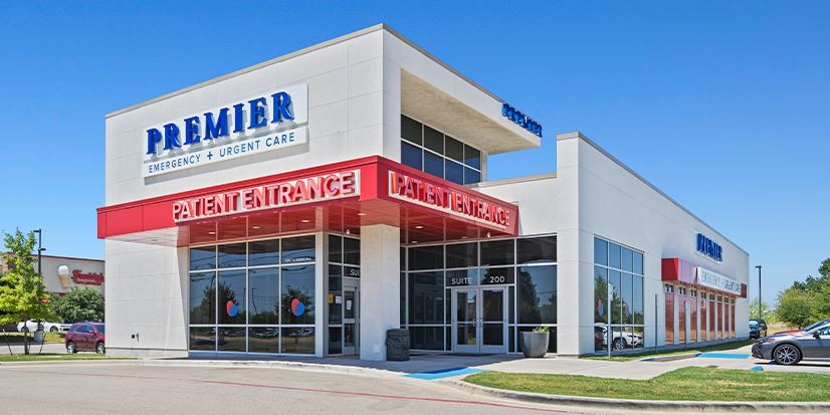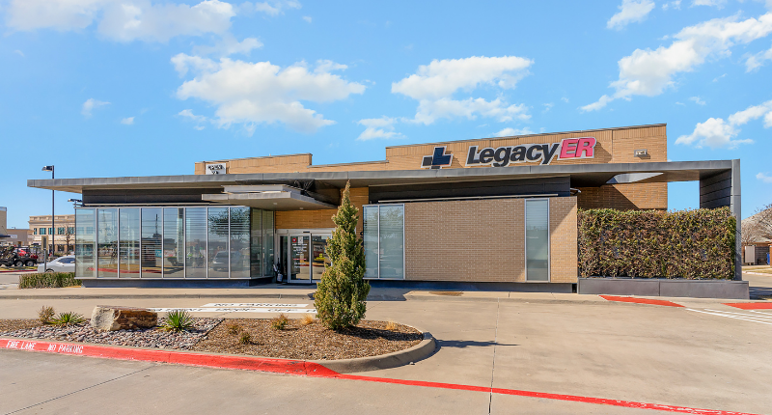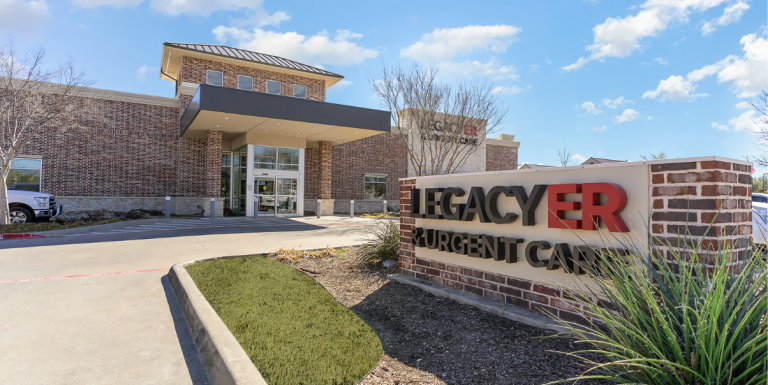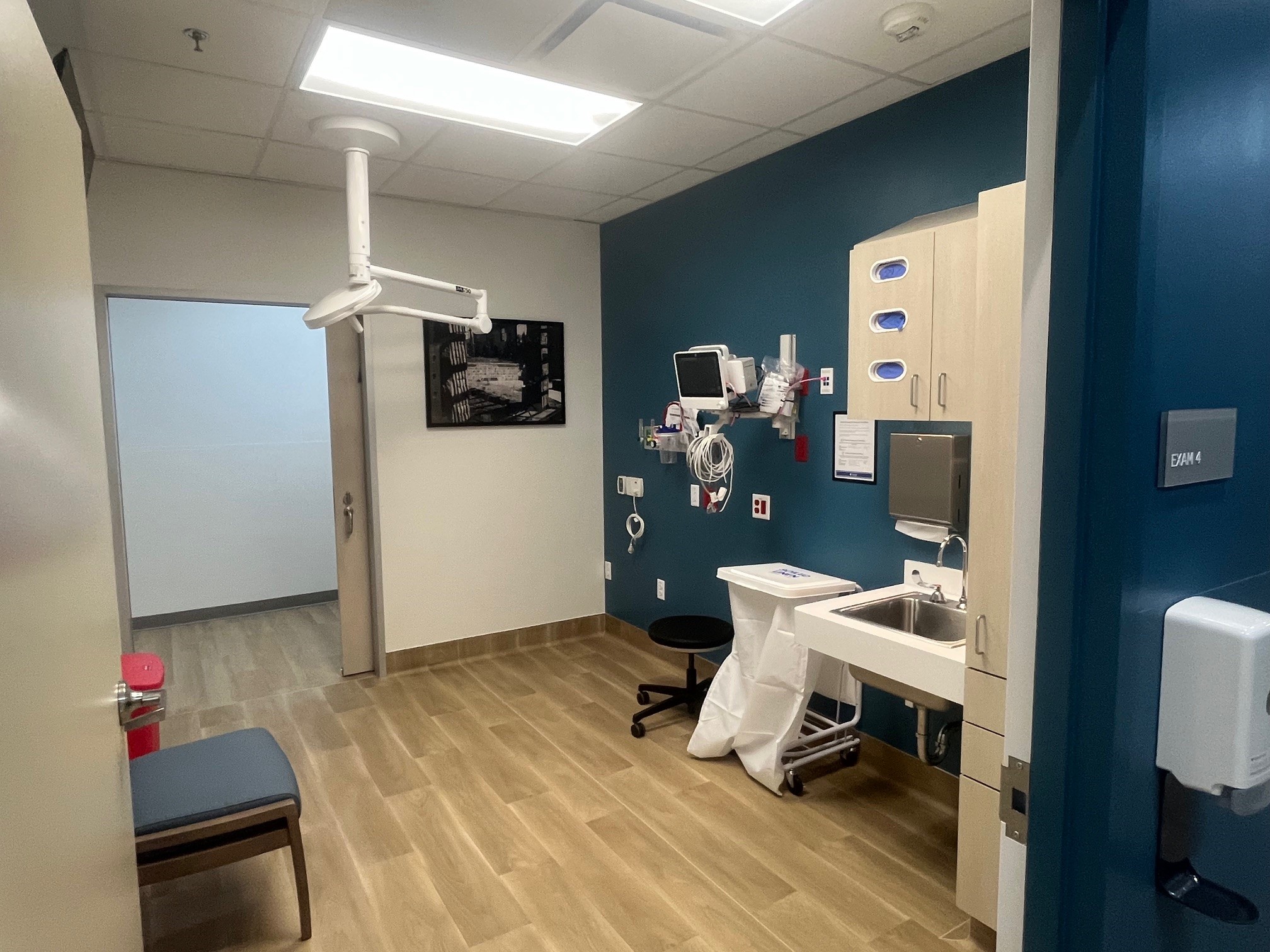Legacy Er & Urgent Care - Coppell
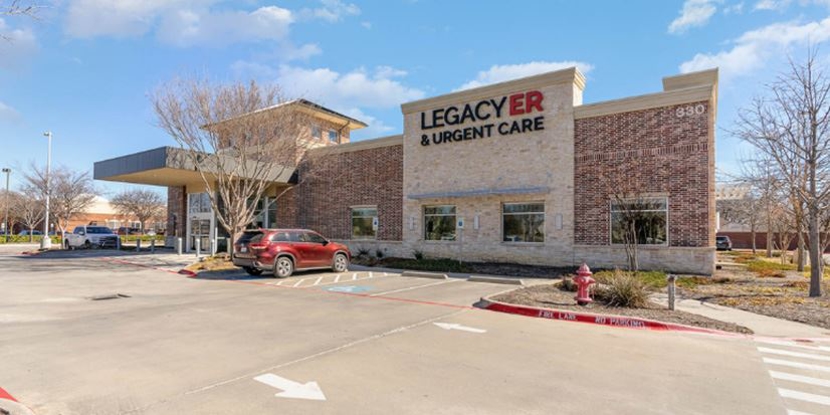
In the bustling suburb of Coppell, Texas, access to immediate medical care is a growing concern for residents. A significant player in addressing this need is Legacy ER & Urgent Care, a facility that combines the services of both an emergency room and an urgent care clinic under one roof.
However, questions arise about its role, effectiveness, and community impact. Understanding its services, patient experiences, and the broader landscape of healthcare in Coppell is crucial to evaluating its true contribution.
The Dual Model: ER & Urgent Care Under One Roof
Legacy ER & Urgent Care - Coppell operates on a hybrid model. This means that patients can receive treatment for both minor illnesses and serious medical emergencies in the same location.
The facility aims to bridge the gap between traditional emergency rooms, often associated with long wait times and high costs, and urgent care centers, which may not be equipped to handle severe conditions. The appeal is clear: a one-stop shop for a wide range of medical needs.
Services Offered
The services offered at Legacy ER & Urgent Care span a broad spectrum. For emergency care, they provide treatment for conditions like chest pain, stroke symptoms, severe trauma, and respiratory distress.
The urgent care side handles illnesses like flu, strep throat, minor cuts and burns, sprains, and infections. Diagnostic services, including X-rays and lab tests, are also available on-site.
Patient Experience and Community Impact
Patient experiences at Legacy ER & Urgent Care are varied. Some patients praise the facility for its efficient service and knowledgeable staff, particularly in situations where they were unsure whether their condition warranted an ER visit.
Online reviews often highlight the convenience of the dual model. Others, however, express concerns about billing practices and the potential for higher costs compared to a standalone urgent care clinic, especially if their condition is ultimately deemed non-emergent.
Cost Considerations
One of the significant debates surrounding hybrid facilities like Legacy ER & Urgent Care revolves around cost. Because they offer emergency services, they are often billed at a higher rate than traditional urgent care centers.
This can lead to unexpected medical bills for patients who initially believe they are receiving urgent care services. Transparency in billing and clear communication about the level of care being provided are essential to managing patient expectations and preventing financial burden.
The Healthcare Landscape in Coppell
Coppell, like many growing suburban communities, faces increasing demands on its healthcare infrastructure. The presence of facilities like Legacy ER & Urgent Care reflects an effort to meet these demands.
However, it also highlights the need for a comprehensive approach to healthcare access that includes primary care physicians, specialized clinics, and clear pathways for patients to navigate the system effectively. Access to affordable and quality healthcare continues to be a concern for many residents in Coppell.
Alternative Options
Coppell residents have several alternative healthcare options. These include traditional primary care physicians, urgent care clinics that do not offer emergency services, and hospital emergency rooms located in nearby cities.
Understanding the differences between these options and making informed decisions about where to seek care is crucial for managing both health and expenses. The availability of telehealth services is also expanding, offering a convenient alternative for certain medical needs.
Future Outlook
The role of facilities like Legacy ER & Urgent Care in Coppell’s healthcare landscape is likely to evolve. As the population grows and healthcare costs continue to rise, innovative models that combine different levels of care may become more prevalent.
However, success will depend on addressing concerns about transparency, affordability, and ensuring that patients receive appropriate and cost-effective care. Open dialogue between healthcare providers, policymakers, and the community is essential to shaping a healthcare system that meets the needs of all Coppell residents.
The future success of such facilities also hinges on their ability to integrate seamlessly with other healthcare providers in the area. This includes establishing strong referral networks and collaborating with primary care physicians to ensure continuity of care for patients. Ultimately, the goal is to create a healthcare ecosystem that is both accessible and sustainable.
